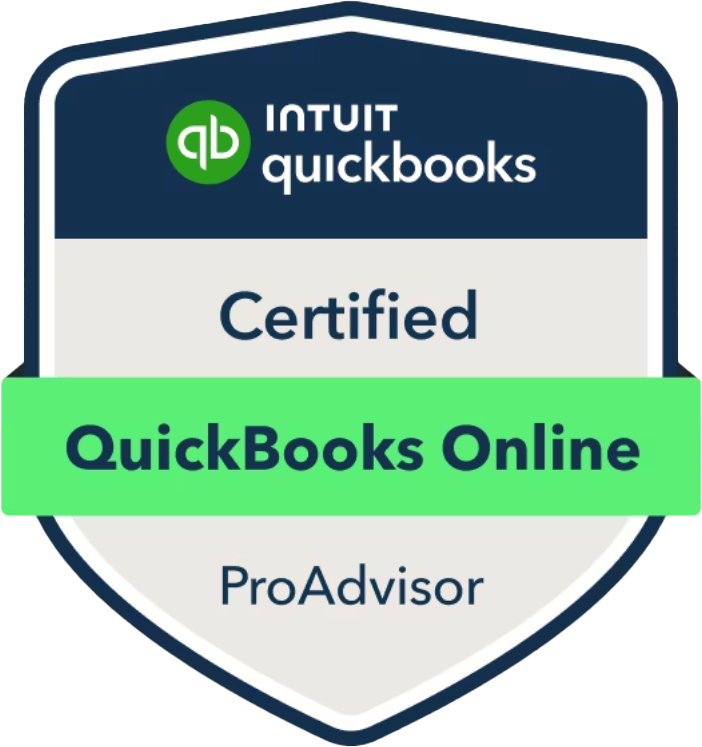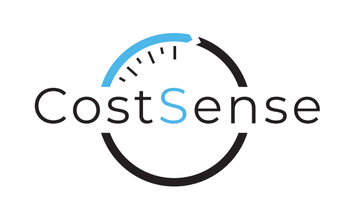CFO Services
What are Fractional CFO services and how it can benefit to your company?
Fractional CFO services encompass the strategic financial management and oversight typically provided by a Chief Financial Officer, but offered on an outsourced, part-time, or project basis.
These services are designed to help businesses to manage their finances more effectively, make informed strategic decisions, achieve sustainable growth, operational efficiency, and long-term success.
The Comprehensive List of Services:
- Strategic Financial Planning: Help businesses plan their financial future, including growth strategies, profit maximization, and investment planning.
- Cash Flow Management: Cash is a blood for any business. We help businesses to maintain healthy cash flow and improving liquidity.
- Financial Reporting and Analysis: Regular, detailed reports and analysis to give businesses insights into their financial health.
- Budgeting and Forecasting: Assisting businesses with the creation of accurate budgets and financial forecasts to guide business decisions.
- Capital Structure Management: Advice on debt and equity financing to optimize the company’s capital structure.
- Operational Efficiency Improvements: Leveraging financial data to improve business operations and profitability.
How it works?
The Custom Financial Business Model is the keystone of the CFO Service.
We build the Financial Business Model, which reflects the unique nature of your business.
The Key benefits of the Model:
- Informed Decision-Making: it provides detailed overview of the financial performance of the business. It enables decision-makers to analyse various scenarios and make informed choices about investments, expansions, cost-cutting, and other strategic decisions with clear understanding of their potential financial impacts.
- Financial Planning and Forecasting: it allows businesses to forecast future revenues, expenses, and cash flow based on various assumptions. This planning helps in setting realistic financial goals, preparing for future financial needs, and mitigating risks associated with cash flow shortages or other financial challenges.
- Risk Management: by modeling different scenarios, including best-case, worst-case, and most likely case scenarios, business can identify potential risks and develop strategies to mitigate them.
- Valuation and Fundraising: for businesses seeking investment or financing, the Model is essential for valuing he business and demonstrating its financial viability and growth potential to investors or lenders.
- Operational Efficiency: the Model highlights areas of inefficiency or excessive costs by analyzing cost structures and profitability by product line, service, or business unit. The insights enable managers to streamline operations and improve overall profitability.
- Benchmarking and Performance Measurement: By setting financial benchmarks, business can measure actual performance against projected metrics, allowing for timely adjustments and performance improvements. It also helps in evaluating the effectiveness of strategies and initiatives against financial goals.
- Strategic Alignment: The Model aligns business strategy with financial goals, ensuring all departments and activities are focus on achieving the company’s strategic objectives. It serves as a bridge between strategic vision and practical, financial planning.
- Long-term Sustainability: by ensuring that strategic plans are financially viable, the Model supports the long-term sustainability of the business, helping to grow, adapt to changes and achieve long-term success.
Process Overview:
- Data Collection: Collect all necessary historical data, such as financial statements, market research, and operational metrics.
- Data Cleaning and Preparation: Cleanse the data for accuracy, and prepare it in a structured format suitable for analysis.
- Build Assumptions: Develop a set of assumptions that will drive the model’s projections. These assumptions should be clearly stated and based on realistic expectations.
- Input Sheets: Create input sheets where key assumptions and historical data can be easily modified.
- Projected Statements: Profit and Loss, Balance Sheet and Cash Flow Statements.
- Dash Boards: Visual representation of a business’s key performance indicators (KPI) and other critical data points
- Scenario Analysis: Incorporating different scenarios (best case, worst case, most likely case) allows to see how changes in assumptions impact the model outcomes.
- Sensitivity analysis: Adding sensitivity analysis allows to understand how changes in one or more input variables affects the output.
We understand that accounting isn’t just about compliance – it’s the raw material for unlocking powerful business insights.



